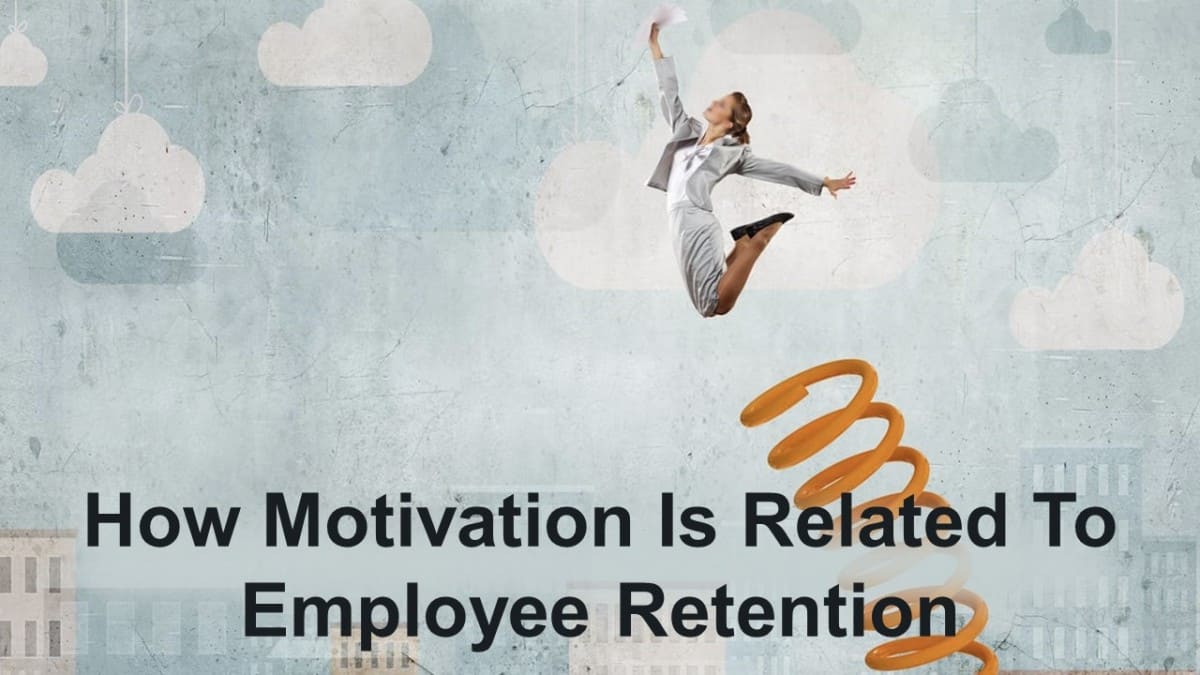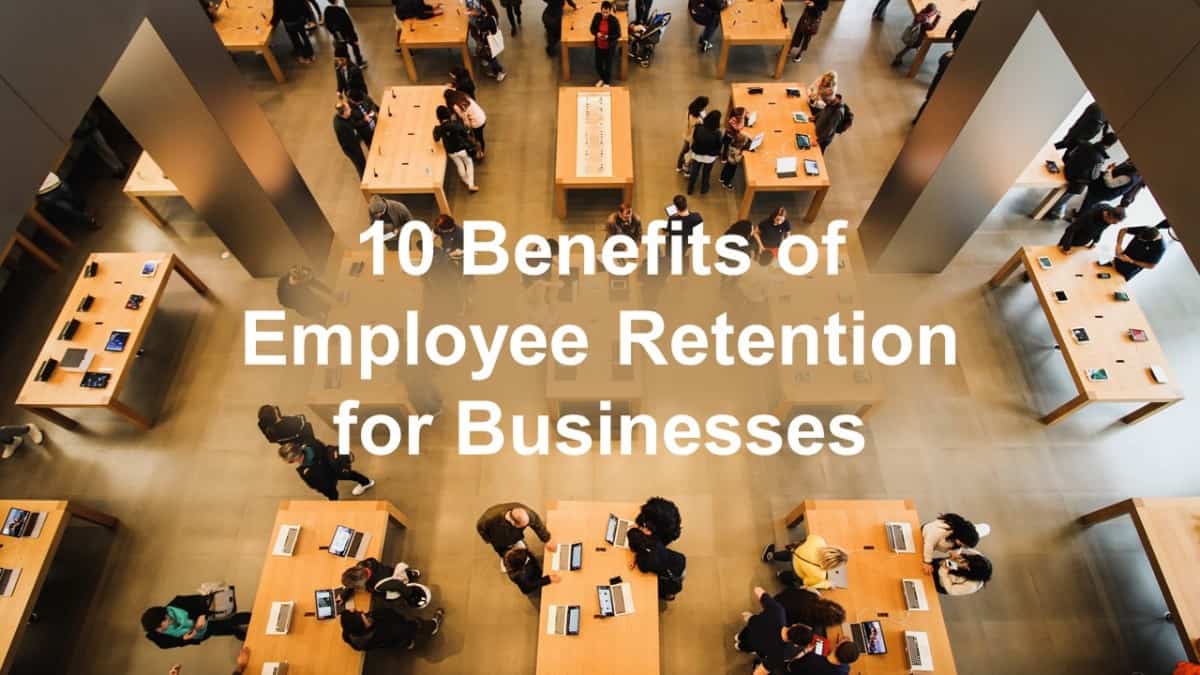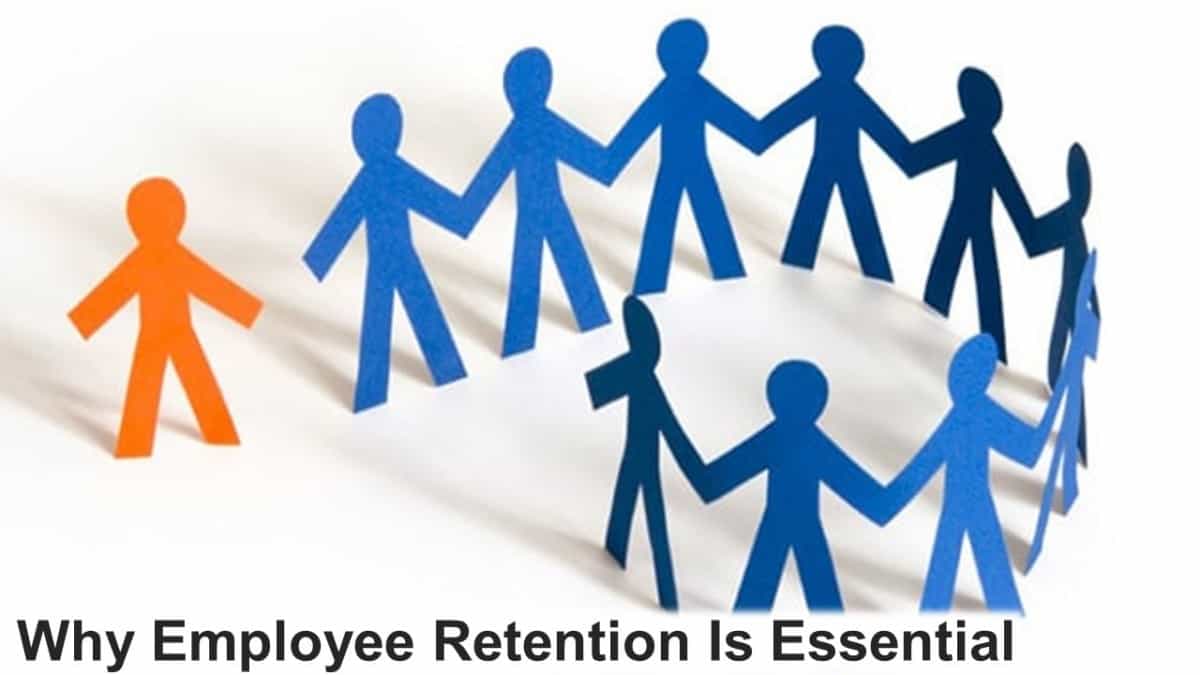What Factors Encourage Employee Retention

The factors that encourage employee retention include an organization’s culture, the compensation it offers, its communication habits, and the opportunities it provides to employees for career advancement. To boost employee retention, leaders should utilize retention strategies that improve these areas.
What Is a Retention Benefit?

A benefit of retention for organizations is the impact it has on an organization’s overall profitability. A high retention rate can reduce the costs associated with turnover and improve employee engagement, employee morale, performance, productivity, customer service, and organizational culture.
The 5 Main Drivers of Employee Retention

The five main drivers of employee retention are strong leadership, frequent feedback, including recognition, opportunities for advancement, competitive compensation packages, and a good work/life balance. For retention strategies to be successful, they should be crafted with these five drivers in mind.
The Factors that Influence Employee Retention in a Large Organization

The factors that influence employee retention in a large organization are culture, leadership, opportunities for development and advancement, flexibility, inclusion, recognition, purposeful work, and compensation. Implementing strategies that address these factors can be a challenge for large organizations.
How Much Companies Spend on Employee Retention

Companies spend a considerable amount on employee retention due to the high costs of employee turnover and low retention. When an employee quits, it costs 6 to 9 months of that worker’s salary, on average, to recruit and train a replacement. Turnover costs US organizations around a trillion dollars a year.
How Motivation Is Related To Employee Retention

Motivation is related to employee retention because it drives an employee’s success and plays a vital role in employee engagement and employee satisfaction. Leaders use strategies that boost motivation, resulting in employees that are more invested in their jobs and more loyal to their organizations.
How Much It Costs To Retain an Employee

It costs much less to retain a worker than to recruit, onboard, and train a new hire. It costs 6 to 9 months’ salary, on average, to replace a worker. For a worker making $60,000 per year, that’s $30,000 – $45,000 in recruiting and training costs. Turnover costs US organizations around a trillion dollars a year.
10 Benefits of Employee Retention for Businesses

Ten benefits of employee retention for businesses are increased engagement, high performance, improved productivity, strong culture, sustainable profitability, great customer service, retained institutional knowledge, better employee morale, a sense of camaraderie, and more focused management.
Why Employee Retention Matters to HR

Employee retention matters to HR because of the many ways retention benefits organizations and the harm that high turnover inflicts on profits and employee morale. Because the loss of skilled employees can be devastating to a business, retaining them is essential for its long-term financial success.
Why Employee Retention Is Essential

Employee retention is essential for sustainable economic success in any organization. This is because a high rate of turnover can significantly affect an organization’s productivity, performance, employee engagement, institutional knowledge, ability to recruit top talent, and customer satisfaction.